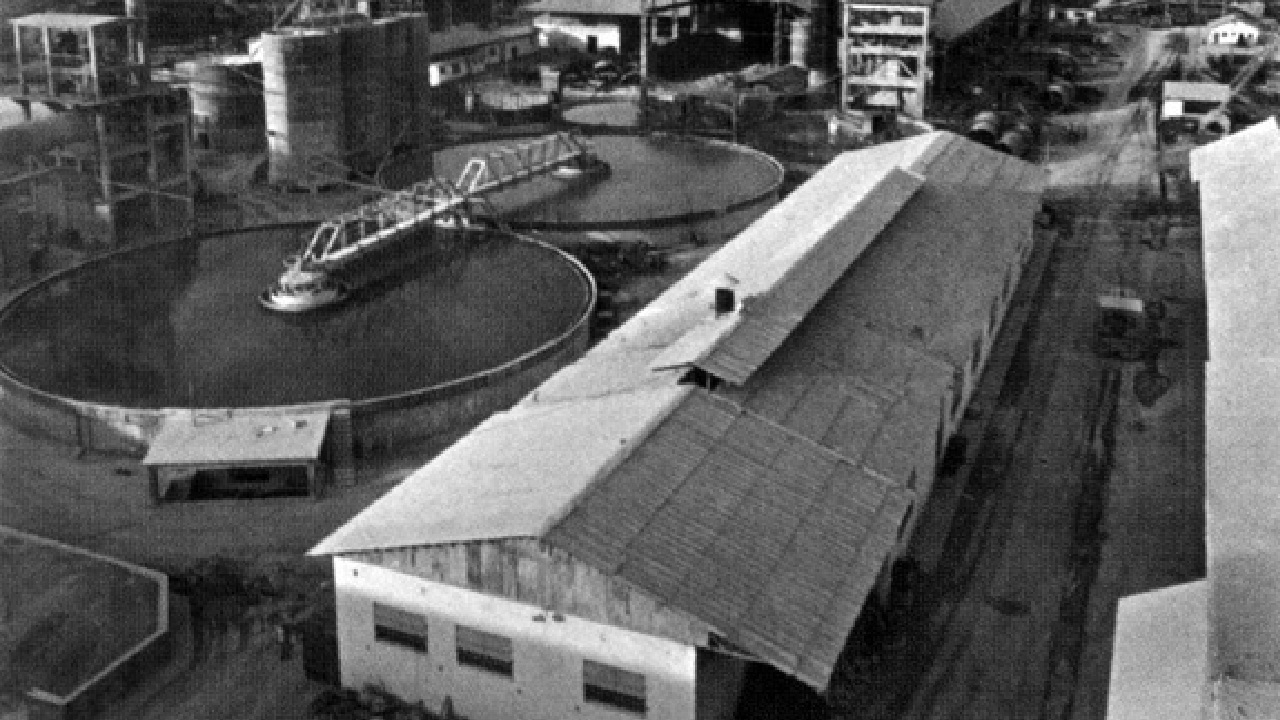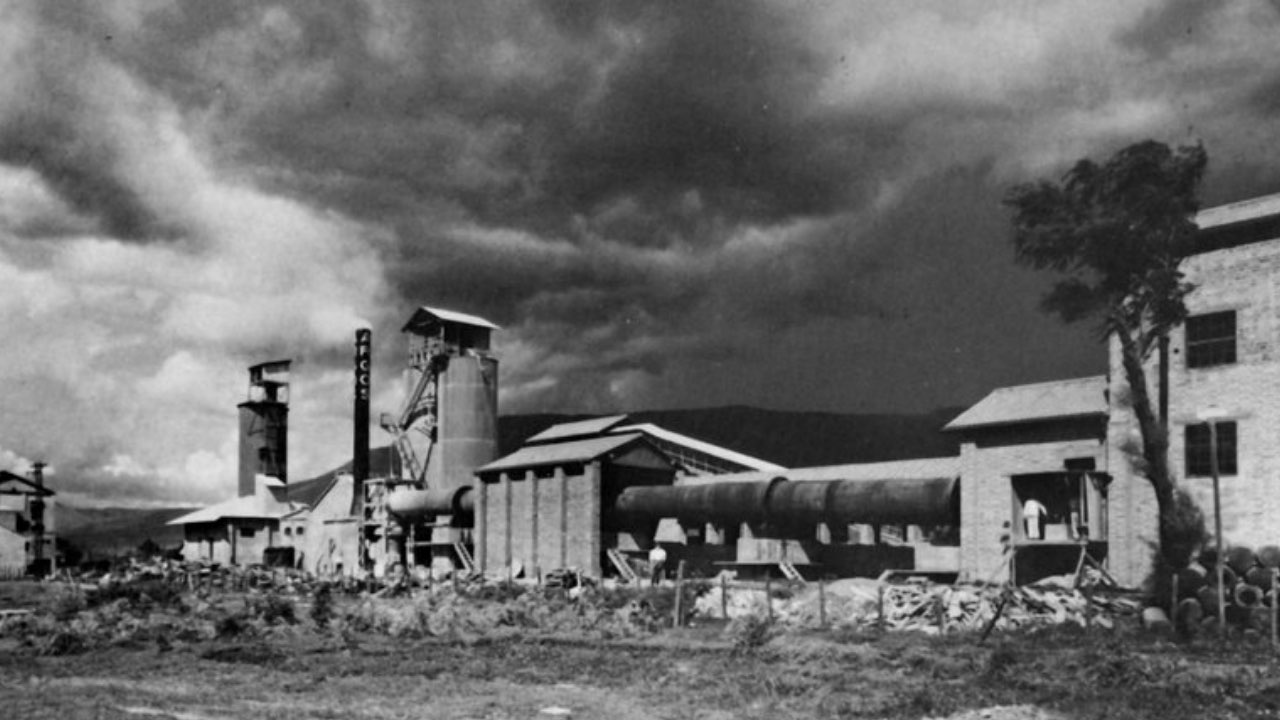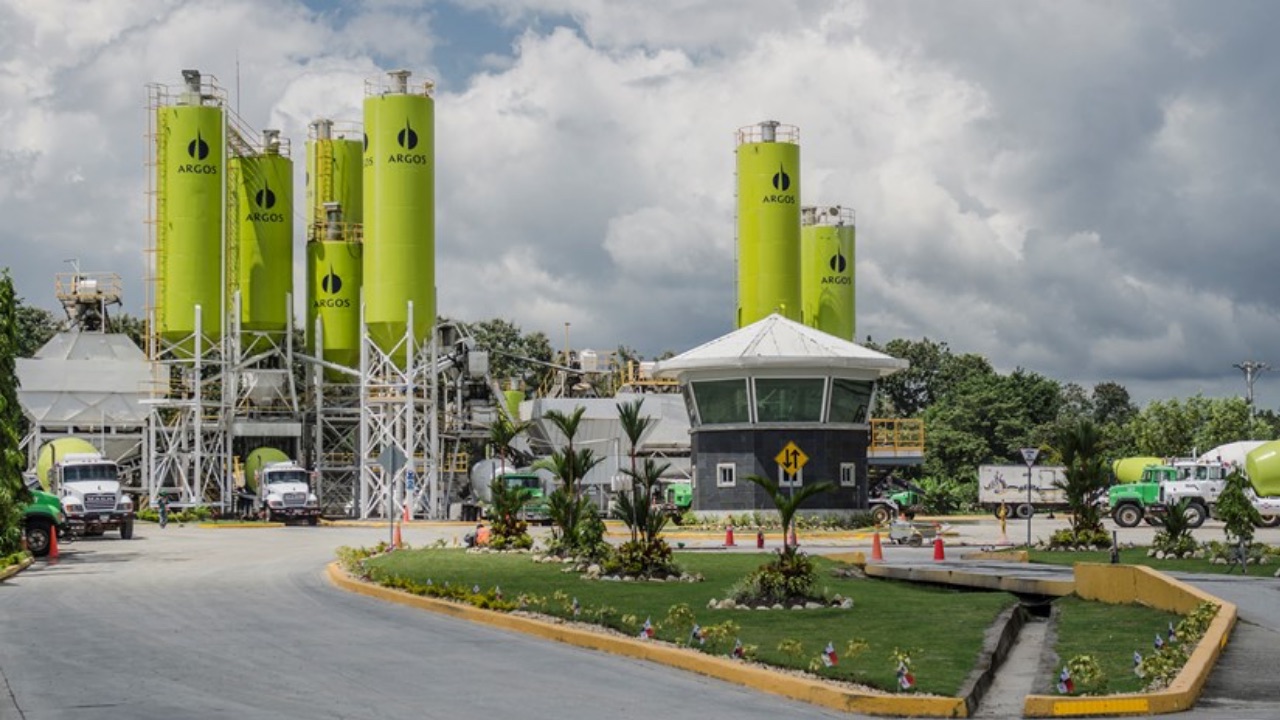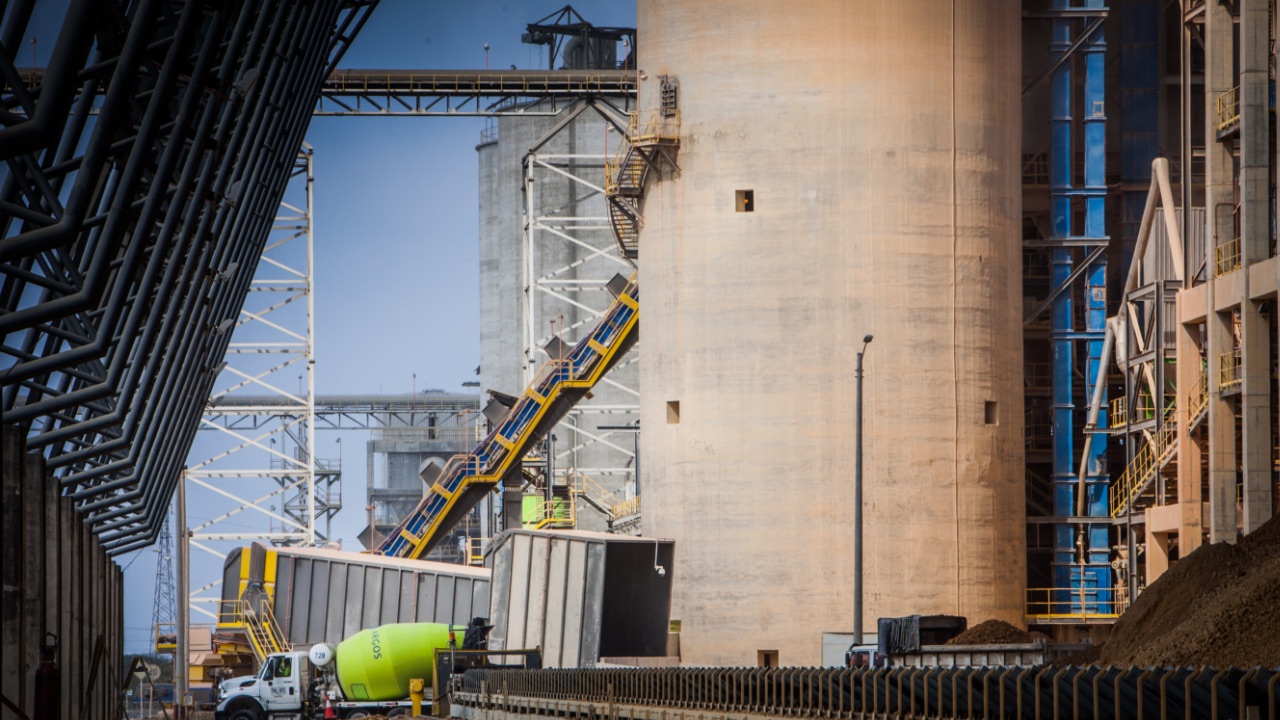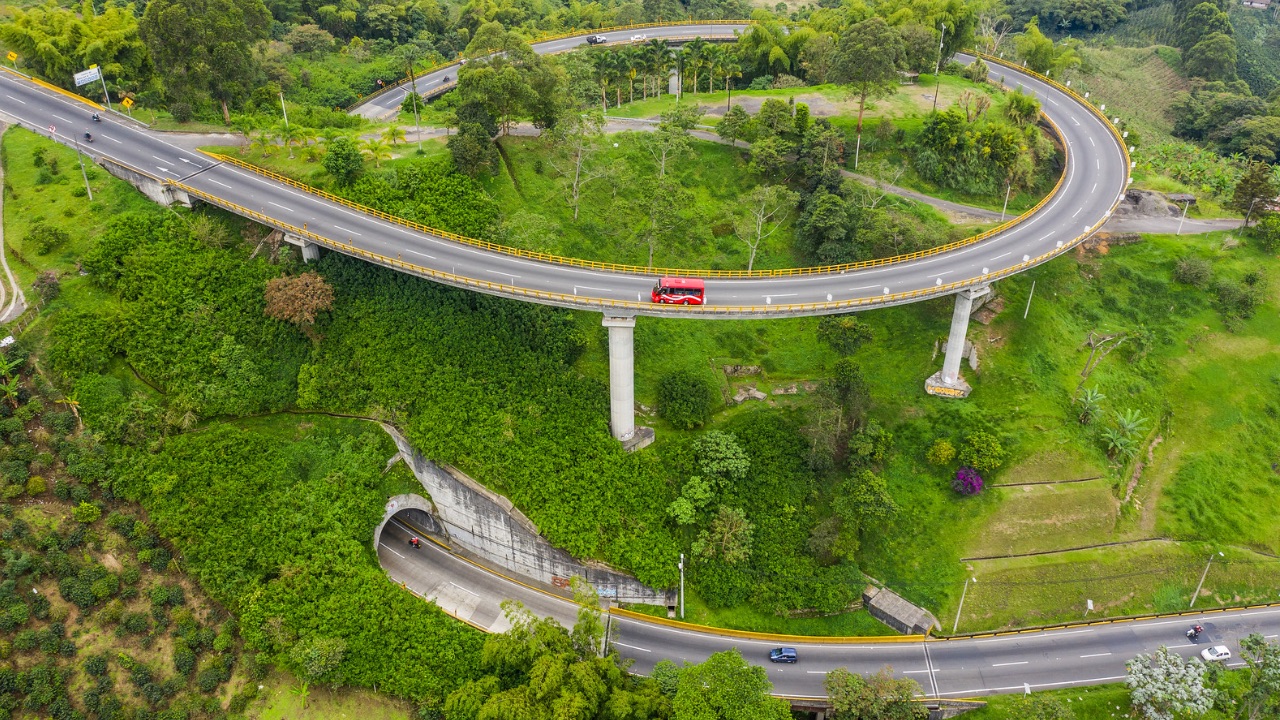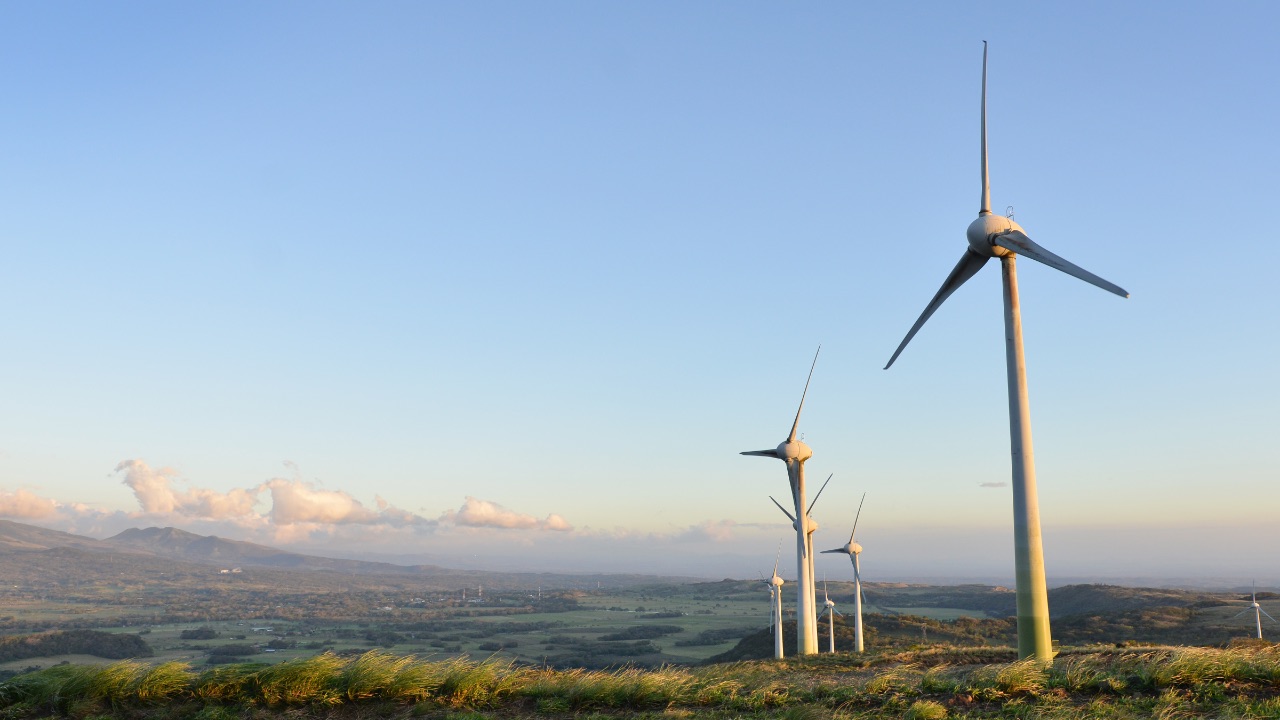
Our history
With nearly 90 years of history we have been present in the transformation of our country and the American continent.
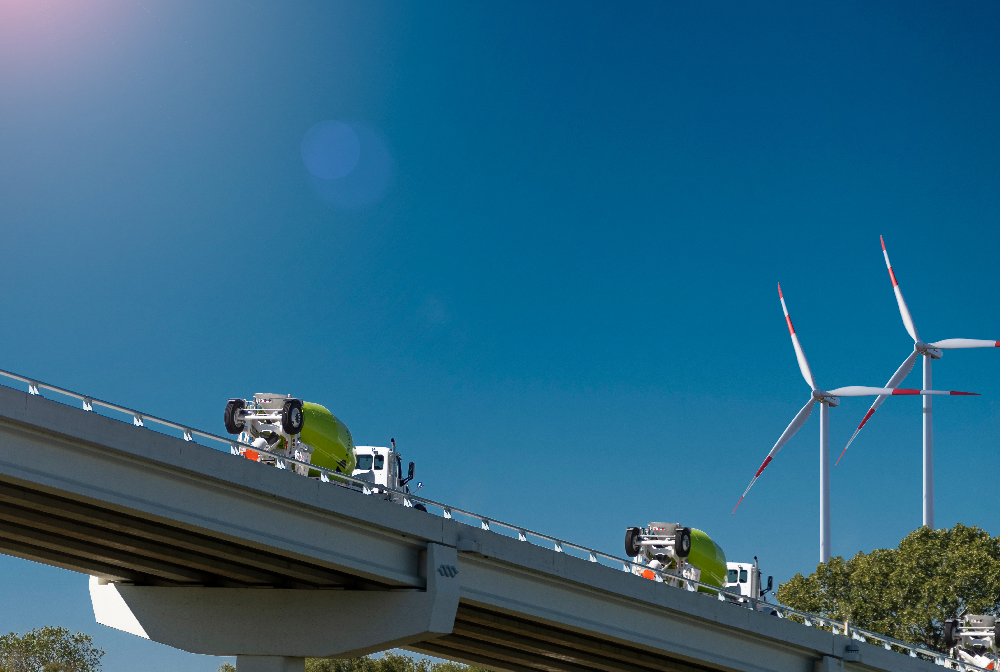
With nearly 90 years of history, we have developed infrastructure platforms that positively transform the lives of millions of people in the 20 countries and territories where we are present. This focus has led us to develop three strategic businesses: Cementos Argos (cement), Celsia (energy), and Odinsa (road and airport concessions), which we have strengthened to boost their growth and has allowed us to become a leading business group in the American continent.
1934-1940: Vision for the creation of the Grupo Empresarial Argos (local cement production in Colombia, growth in the country)
Not far from Medellin, almost at the midpoint that separates it from Bogotá, Jorge Arango Carrasquilla and his friend Carlos Sevillano found limestone deposits. At that time, when the second decade of the century was ending and the world was suffering from the Great Depression, the construction of some sections of the railway in Antioquia was suspended, and these engineers had started to intervene to improve the railroad. The objective of transportation led them to work on that construction, and it was on one of those trips that they discovered these deposits: one more step to boost the creation of factories and to obtain the machinery that would allow the exploitation of these resources.
The idea of starting a business was brewing
In 1934, the nascent limited company Compañía de Cemento Argos, as it was named, required more than the conviction of its first partners: Claudino Arango and his sons Rafael and Jorge Arango Carrasquilla, Leopoldo Arango Ceballos, Carlos Sevillano, and Carlos Ochoa Vélez. They were joined by the vote of confidence expressed by almost a hundred people who joined as shareholders, as well as two public allies: the Municipality of Medellín and the Antioquia Railway. This is how the company had the financial base to undertake the purchase of machinery, assembly, and construction of the plant. The start of production operations was completed in October 1936.
1940-1980: Democratization of ownership, a company with many shareholders. A condition that has allowed the entrepreneurial vision of growing in economic, social, and environmental balance to materialize
The vision of the first administrators allowed a more structured and solid vision to develop within the organization, which contributed to the evolution of the work of the cement workers with the vision of transforming territories and boosting the country’s growth. In addition, it led to exploring new areas of Colombia and taking advantage of opportunities in other regions of the country. That’s why Argos participated, in successive years and decades, in the creation and/or purchase of companies with regional origins such as Cementos del Valle, Cementos Caldas, and Cementos del Caribe, Tolcemento, Colclínker, Cementos Rioclaro, Cementos Paz del Rio, Cementos Nare, and Cementos El Cairo.
In Colombia, gradually, a company grew that contributed to connecting the country and that also sustains, to this day, the payment of dividends without interruption to its shareholders.
Significant events:
- Nare Plant in Colombia sold the first gray cement bag.
- The first three concrete mixing plants were installed in the city of Medellin.
- The construction of the Cartagena plant began, which is now one of the most emblematic ones.
1980 – 1990: Cross-shareholding between Grupo Argos, Grupo Sura, and Grupo Nutresa to defend themselves from hostile takeovers and drug trafficking. Decision to continue investing in Colombia
The drive that the corporate body of the company has acquired over time, and that increasingly deserves recognition, is due to the fact that directors come and go, but the essence remains.
Also, decisions had to be made among the Antioquian companies during the most difficult period of drug trafficking in Antioquia, with the aim of protecting each other from hostile takeover attempts by conglomerates from other regions and also from illegal agents who used violence to intimidate Antioquian companies and businessmen.
1990 – 2010: Strengthening of the business and the merge of the eight cement companies
One of the most demanding moments was the result of the most important step taken by the organization during the first decade of this century: in 2005, the merger of eight cement companies, “one of the levers for internationalization”, as described by one of the individuals responsible for consolidating that process internally. It was a matter of merging within a single company the diversity of agreements and labor conventions in force, all with different origins and dissimilar histories. The process was accompanied and conditioned by natural reactions and expectations that injected tension into the environment. However, the path gradually cleared due to the convergence of interests and what was at stake: among other things, the sustainability of the company, jobs, and respect for the right of association. This major milestone was not only important for the company, but also became an example of business management for Colombia.
With growth came the need to find complementary industries to cement to develop new highways of diversification and growth of shareholder capital. This was how the acquisition of the majority stake in Colinversiones first came about to give rise to Celsia, which later acquired the Empresa de Energía del Pacífico. Later, after a series of aggressive transactions in the stock market, came the purchase of Odinsa and its main airport and road concessions.
Significant events:
- The process of internationalization began by finalizing strategic alliances to acquire cement companies in Panama, the Dominican Republic, and Haiti.
- The corporate reorganization began with the merger of the eight companies in Grupo Argos’ cement business under the name Cementos Argos.
- Grupo Argos decided to invest in a new strategic sector and acquired 16% of Colinversiones (now Celsia).
- Celsia, the energy business of Grupo Argos, acquired a stake in EPSA with the objective of entering the markets of energy generation, transmission, distribution, and commercialization.
- Cementos Argos expanded its presence in the United States with the acquisition of assets in the states of Alabama, Georgia, South Carolina, Florida, and Texas.
- The first hotel built on Grupo Argos’ land in Barú was inaugurated.
2012-2020: Internationalization and exponential growth of the company in energy and road and airport concessions
From a successful merger of eight companies from different regions, new leadership within the organization also promoted a long-term perspective that extended even to other geographies in all business areas. This is how, in 2006, Cementos Argos invested in its first plants in Texas, after having entered with allies in the Dominican Republic, Panama, and Haiti. At this time, the real estate bubble was growing in the United States, which led to the global financial crisis of 2008. However, the company did not let its guard down or back down in fear of what could happen. On the contrary, it increased its investment and made other purchases taking advantage of the need of other players, thus consolidating its first phase of expansion in North America.
Significant events:
- Cementos Argos increased its installed capacity in Colombia with the new plant in Cartagena.
- Expansion in the United States market was achieved with the acquisition of plants in Alabama, South Carolina, Georgia, and Florida.
- The non-cement assets of Grupo Argos were spun off, and it was defined as a strategic objective to become a holding company for infrastructure in the American continent.
- Grupo Argos and Cementos Argos were included for the first time in the Global Dow Jones Sustainability Index.
- Celsia took the international leap by acquiring assets in Panama and Costa Rica, highlighting the Guanacaste wind power plant.
- Cementos Argos acquired Vulcan’s assets in Florida (USD 720M), USA, and acquired the operation in French Guiana (USD 83M).
- Grupo Argos acquired control of Odinsa, a company specializing in toll-road and airport concessions.
- Jorge Mario Velásquez was appointed as President of Grupo Argos, who started at Cementos Argos as an intern in 1984.
- Grupo Argos acquired control of Opain, the concessionaire company of El Dorado airport in Bogota.
- With the acquisition of the Martinsburg plant in West Virginia, Cementos Argos now has four production plants in the United States. It was acquired for USD$660 million.
- SUMMA, the Shared Services Center that serves all companies in the Grupo Empresarial Argos, was created.
- Celsia inaugurated the first solar farm in Colombia, located in Yumbo (Valle del Cauca).
- Our cement business provided the concrete for the construction of the Mercedes-Benz Stadium of the Atlanta Falcons, the venue for that year’s Superbowl, as well as for the spaceport in French Guiana.
- The Grupo Argos Foundation was born. By joining forces and with the purpose of improving the quality of life of millions of people, we contributed to the conservation of 2,683 hydrographic basins that supply more than 6 million people in Colombia.
- Energy assets in Tolima were acquired.
- The majority stake in the Túnel de Oriente concession was acquired.
- Grupo Argos, Cementos Argos, and Celsia were included in the RobecoSam Sustainability Yearbook.
- Grupo Argos was named the world’s most sustainable company according to the Dow Jones Sustainability Index.
- A successful bond issuance was carried out with an oversubscription of 2.5 times the awarded amount.
- Cementos Argos started the production of Green Cement.
- Celsia inaugurated in El Espinal the first solar farm in Tolima that generates 9.9 megawatts of clean energy.
- Grupo Argos donated COP 10 billion through its foundation to increase the healthcare system’s capacity to respond to COVID-19.
2020 – 2024: Grupo Argos’ transformation into an infrastructure investment manager
With the same logic that those who thought of Argos in 1934 had, we have discovered a path, although challenges may change and perspectives may broaden,” describes one of the leaders of Grupo Argos regarding this transformation. Currently, and since the end of the first decade of this century, when the company entered the energy business, the conglomerate has expanded its vision to become a relevant player in the infrastructure sector. Today, with cement, energy, road and airport concessions, and real estate rentals, Grupo Argos demonstrates a permanent vision of transcendence for all actors in the organization, based on a sustainability matrix that highlights the commitment from social construction.
Siginificant events:
- Grupo Argos was once again highlighted as the most sustainable company in the industry according to the Dow Jones Sustainability Index.
- Odinsa and Macquarie Asset Management created a road and airport assets platform in Colombia and the region.
- Grupo Argos announced during its Shareholders’ Meeting a commitment to reduce its emissions by 46% by 2030.
- Odinsa inaugurated Pacífico 2, one of the first 4G projects in Colombia.
- Cementos Argos successfully combines its operations in the United States with Summit Materials to create a national-scale construction materials platform in the U.S.

